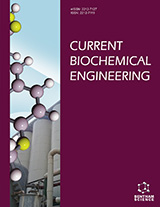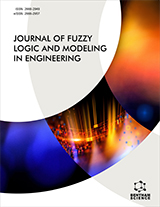Abstract
The receiving antenna is critical in an RF energy harvesting system because it collects energy from nearby radiating sources. The amount of harvestable energy is influenced by antenna characteristics such as gain, radiation pattern, and impedance bandwidth; therefore, choosing the correct receiving antenna is crucial. The microstrip patch antenna is a popular choice because of its low profile, low cost, and ease of manufacture. Many publications on microstrip patch antennas have been written over the years for various applications, such as mobile communications, radio frequency identification (RFID) and medical telemetry. We provide a folded shorted patch antenna for indoor mobile communication systems in this research. In recent years, there has been a lot of new work in the field of microstrip antennas, and it is one of the most active sectors in business communications. Mobile communications, wireless interconnects, wireless local area networks (WLANs), and cellular phone technologies are among the most rapidly increasing industrial areas today. A microstrip antenna is a popular option due to its light-weight, compact volume, low production cost, and ability to operate at dual and triple frequencies. Microstrip antennas, on the other hand, suffer from a number of disadvantages. A fundamental disadvantage of microstrip patch antennas is their small bandwidth.
Keywords: WSN, Applications, RFID, WLAN.






















